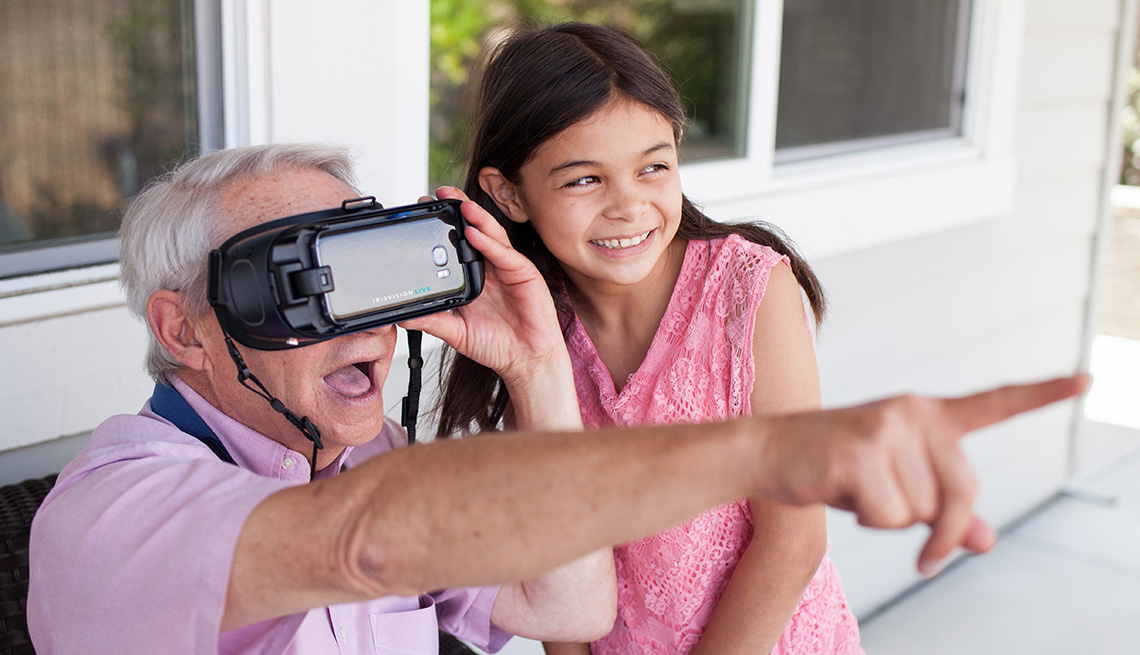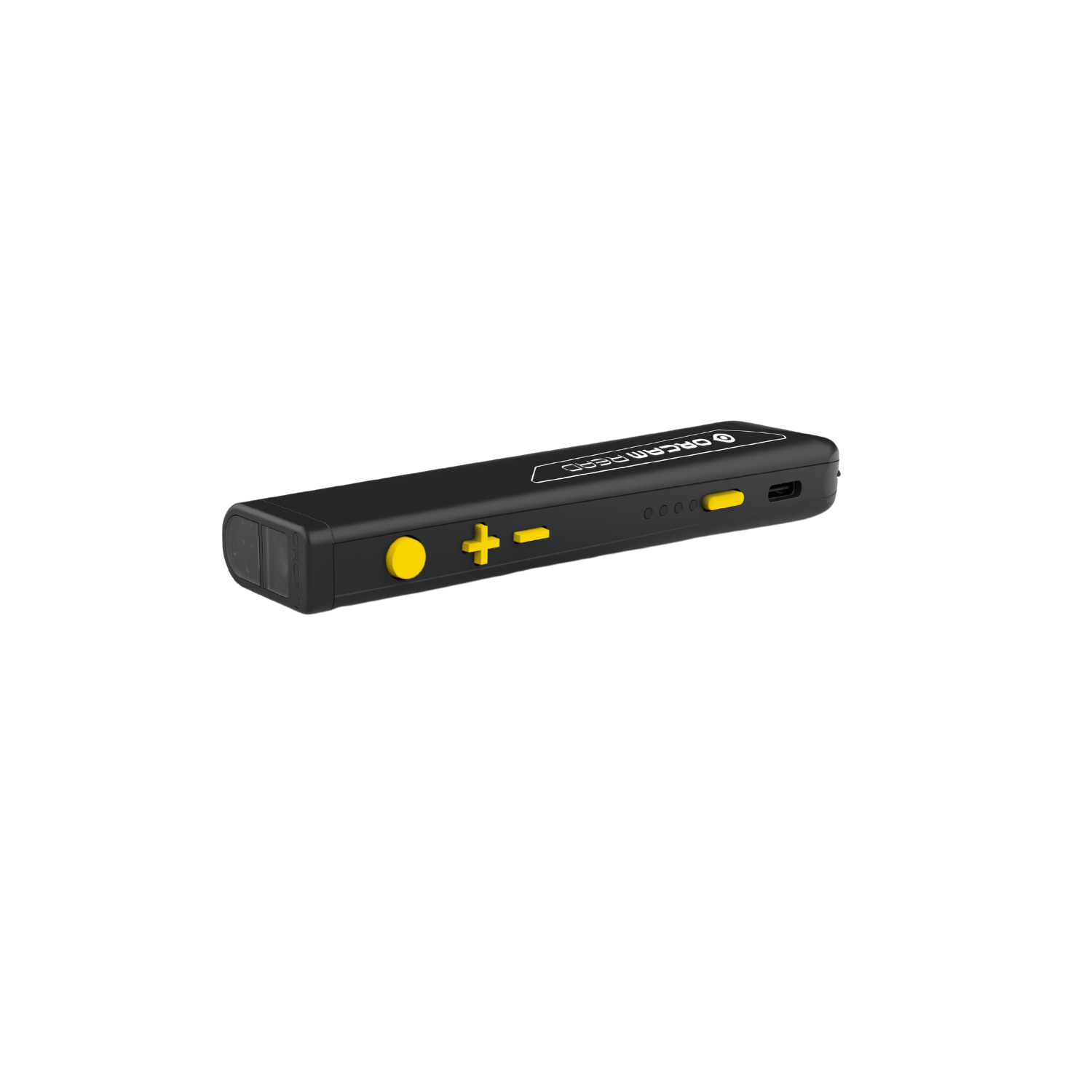Wearable Technology for Low Vision: Making Daily Life Easier
Wearable Technology for Low Vision: Making Daily Life Easier
Blog Article
Empowering Independence With Assistive Technology for the Blind
The assimilation of assistive innovation into the lives of people with visual impairments stands for a considerable advancement in promoting self-reliance and self-sufficiency. From innovative display visitors to sophisticated wise canes, these devices not just enhance daily navigating and interaction but additionally empower users to engage meaningfully in numerous aspects of life. As we explore the myriad benefits and real-world applications of these modern technologies, it ends up being critical to analyze the hidden variables that contribute to their performance and the capacity for future advancements in this vital field.
Review of Assistive Modern Technology

The development of assistive modern technology is based in principles of inclusivity and empowerment. Advancements in software program, hardware, and sensory enhancements supply users with choices customized to their certain needs. From display visitors that transform text to speech, to tactile gadgets that convey info with touch, these tools change the way individuals engage with their environments.
Along with sensible applications, assistive innovation fosters higher social incorporation and engagement in different sectors, consisting of education and learning and employment (OCR devices for the blind). As r & d continue to evolve, the possibility for assistive technology to even more improve the lives of visually damaged people stays encouraging, leading the way for a more fair culture where everyone can thrive
Types of Assistive Gadgets
A range of assistive devices have emerged to support individuals with aesthetic problems, each developed to meet details needs and enhance daily performance. These devices vary from low-tech services to state-of-the-art advancements, giving diverse alternatives for customers.
Low-tech devices consist of magnifiers and large-print materials that aid in analysis and writing. Braille devices, such as Braille styluses and slates, allow tactile analysis and communication. Positioning and wheelchair aids, like white canes, help customers browse their environment safely.
On the higher end of the range, electronic zoom systems and display viewers use substantial assistance. Electronic magnifiers permit individuals to enlarge message and pictures on displays, while screen visitors transform electronic content right into synthesized speech, promoting accessibility to info on computer systems and smartphones.
Smartphone applications likewise play a crucial duty, offering functions like message acknowledgment and navigation assistance. Wearable modern technology, such as smart glasses geared up with augmented fact, is becoming a promising device to improve situational awareness.
Advantages of Assistive Technology
The assimilation of assistive innovation significantly boosts the lifestyle for people with visual impairments. These innovations equip users by advertising freedom, allowing them to navigate their settings more unbreakable reading glasses successfully and execute day-to-day tasks with greater convenience. As an example, screen viewers and zoom software try these out program allow individuals to access digital info, cultivating academic and expert opportunities that may have previously run out reach.
Furthermore, assistive gadgets such as smart walking canes and general practitioners applications provide real-time navigation help, boosting movement and safety. This boosted autonomy not just improves self-worth yet additionally motivates social interaction, allowing individuals to take part more fully in their communities.
Assistive innovation additionally helps with communication, aiding customers get in touch with others with voice recognition and text-to-speech applications. This capability is vital for maintaining partnerships and accessing crucial info.
In addition, the personalization choices available with several assistive technologies make sure that individuals can tailor gadgets to their specific needs, additionally enhancing use and efficiency. On the whole, the advantages of assistive technology for individuals with aesthetic disabilities are profound, promoting a more inclusive culture where everyone can pursue their objectives and desires.
Situation Studies and Success Stories
Highlighting the transformative influence of assistive innovation, numerous situation research studies show exactly how people with aesthetic problems have actually efficiently integrated these tools into their every day lives. One engaging example includes an university student that made use of screen analysis software program to browse scholastic products and online sources effectively. This modern technology not just promoted her education and learning however additionally enhanced her self-confidence in taking part in conversations and group tasks.
Another instance research study features an expert that employs a mobile phone application created for navigating and things acknowledgment. By using this app, he has gained back freedom in both his personal and job atmospheres, enabling him to commute independently and engage with associates much more properly.
Additionally, a retiree shared her experience with braille e-readers, which allowed her to access a substantial variety of literature and stay attached with her area with publication clubs.
These success tales highlight the important function of assistive innovation in promoting freedom, improving quality of life, and geometric eyeglasses advertising social integration for people with visual impairments (Smart glasses for the visually impaired). By embracing these cutting-edge devices, users can get over difficulties and confiscate possibilities that add to their individual and specialist gratification

Future Fads in Assistive Innovation
Technology in assistive technology is poised to redefine the landscape of assistance for individuals with visual disabilities. Emerging fads emphasize the assimilation of artificial intelligence (AI) and machine discovering, which improve the performance of gadgets that help with navigating and info access. AI-driven applications are currently qualified of translating visual information in real-time, allowing users to engage with their atmosphere much more separately.
In addition, the development of wearable innovation is advancing quickly. Smart glasses geared up with augmented truth (AR) can give audio summaries of environments, changing exactly how individuals connect with public areas. These gadgets not just advertise freedom but additionally foster social incorporation.
Additionally, the Web of Things (IoT) is making homes smarter, permitting for smooth connection between assistive gadgets and daily devices. This connectivity encourages individuals by allowing voice-activated controls and automatic responses tailored to private requirements.
Verdict
In verdict, assistive modern technology plays a critical role in empowering individuals with aesthetic disabilities by boosting their self-reliance and interaction with their environments. The varied array of applications and gadgets available not only promotes navigation and interaction but additionally promotes social combination and chances for individual and specialist growth. As innovations continue in this field, the potential for boosting the top quality of life for those with aesthetic impairments will expand, fostering better freedom and empowerment.

Report this page